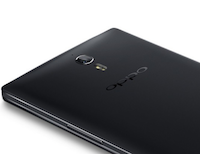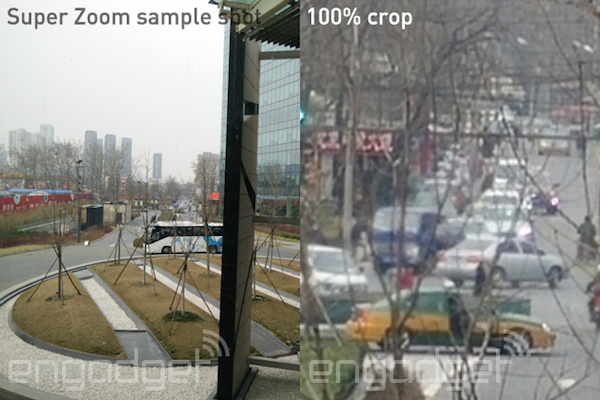Oppo smartphone boasts 50 megapixels, clever processing tricks
posted Wednesday, March 19, 2014 at 4:05 PM EST

Megapixels are still an easy way to make a camera sound impressive, and smartphone makers keep using it. But thankfully, they’re actually using the powers of the pixel for good.
The latest volley in the resolution arms race comes from Chinese phone manufacturer Oppo with the new Find 7, a big-screen smartphone running a custom build of Android (and unlikely to be sold in North America). The most interest bit of info for photographers and general gadget fans is the claimed 50-megapixel resolution.
That figure is way ahead of the typical phone. The iPhone 5S has an 8-megapixel camera, for example, while even the Nokia PureView models, lauded for photographic prowess and cutting-edge image processing software, top out at 41mp. Unless you count medium format, there just aren’t that many cameras with resolution like that, period.
But there’s a catch (of course): The Oppo Find 7 uses a 13-megapixel Sony sensor, likely the same module used in Samsung Galaxy phones. It a perfectly good bit of silicon, arguably the best small sensor in current rotation, but is, uh, quite a bit below 50 megapixels. How does that work?

As is increasingly the answer these days, it’s a product of computational imaging, also known as “good processing.” In super-zoom mode, the Find 7 shoots a burst of 10 images (at 13 megapixels each) and then turns them into a 50-megapixel composite shot, creating some surprisingly decent room for cropping (or zooming, if you want to call it that), if Engadget's photos are an accurate representation. Just check out the crop on their shots. It’s not perfect, but it’s a more elegant solution than trying to strap an optical zoom lens onto a gadget that’s supposed to sit in your pocket all day.
We’re pretty much guaranteed to see more phone manufacturers trying their hand at computational imaging in the near future. It’s worked well for Nokia, and Oppo’s take looks good, too. Pelican Imaging and Toshiba make plenoptic modules that can be slotted into a phone. A hiring spree at Apple hints at similar developments for iPhones, and with Sony and Samsung’s strong imaging backgrounds, they’re probably working on something, too. We’re seeing a picture of the future, and it’s a bunch of photos stacked on top of each other.
(Via Engadget)